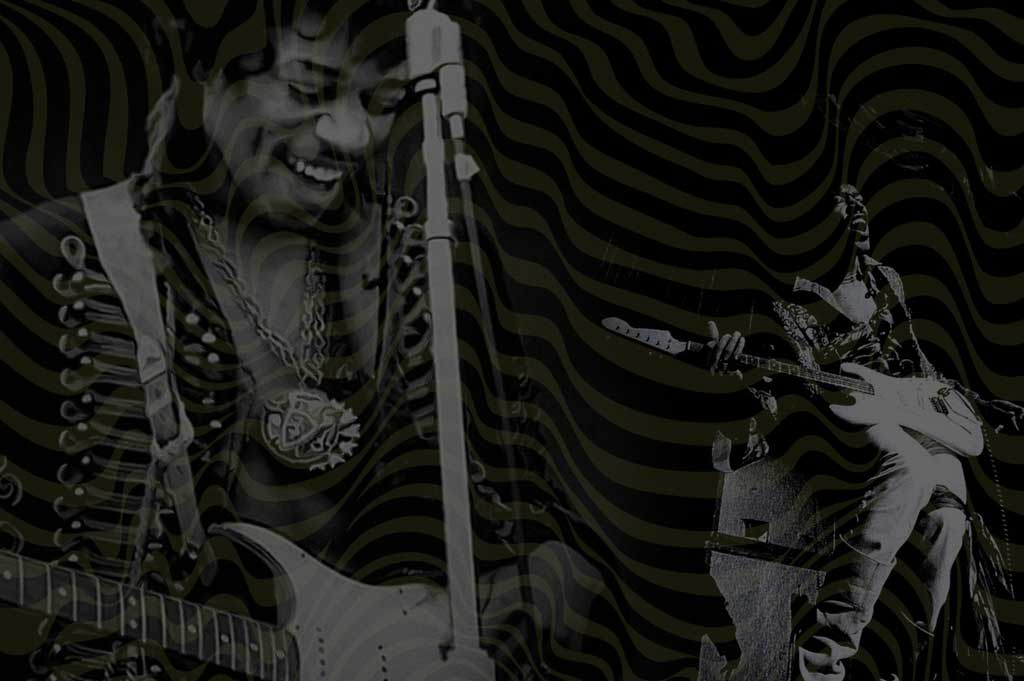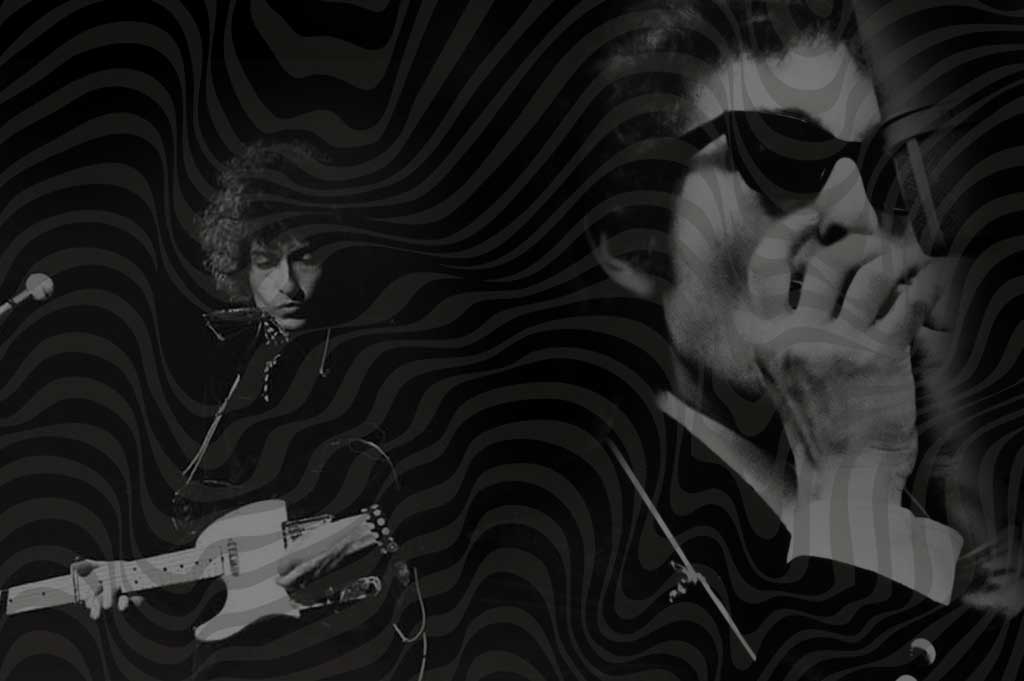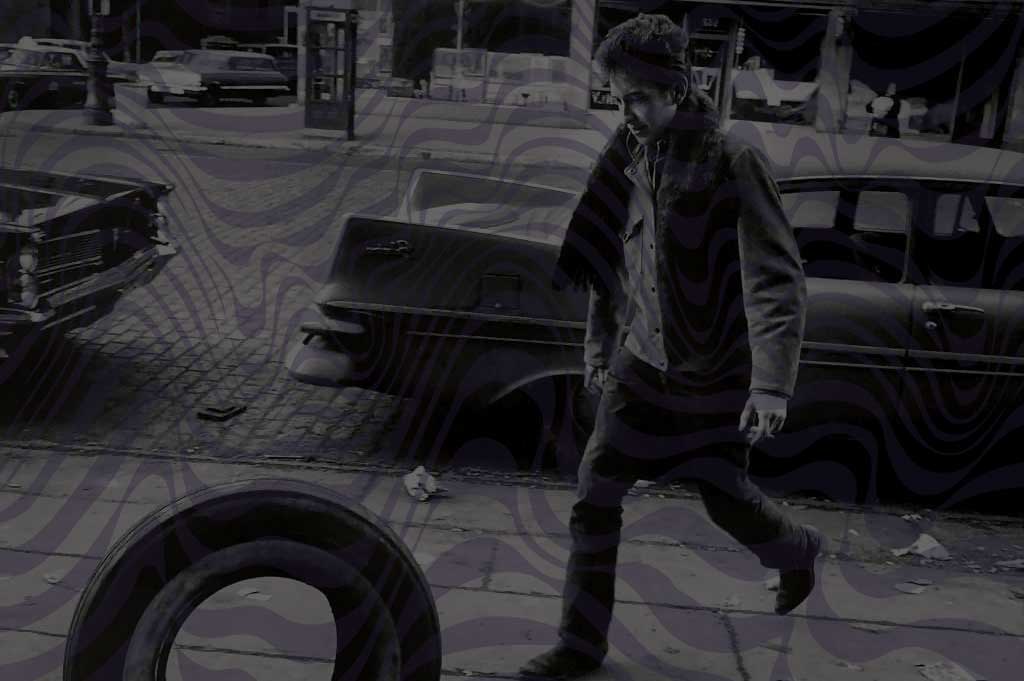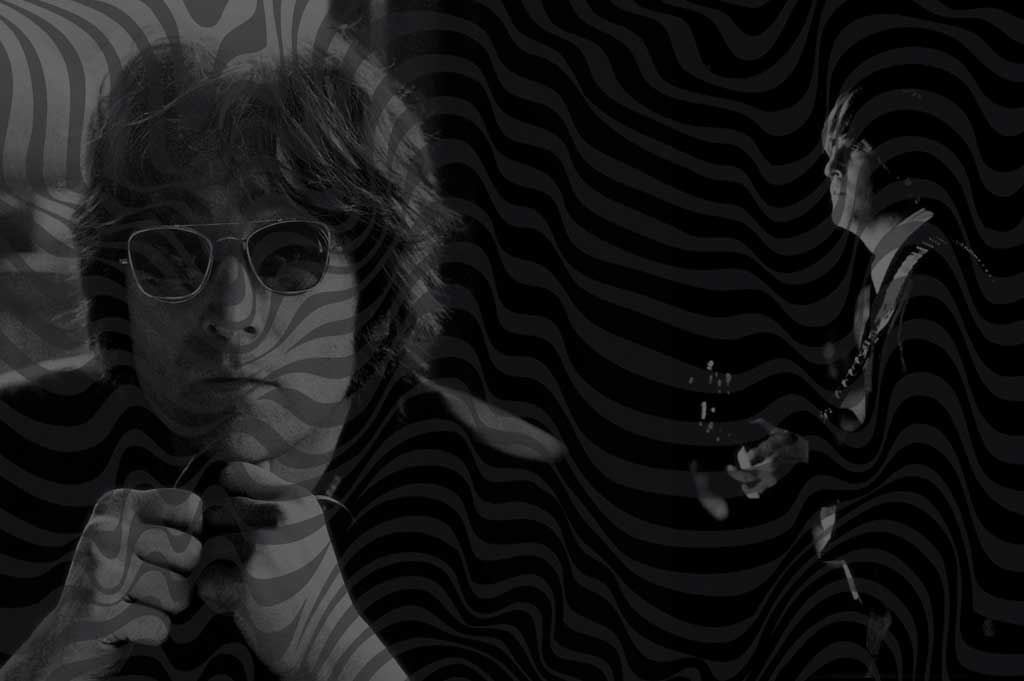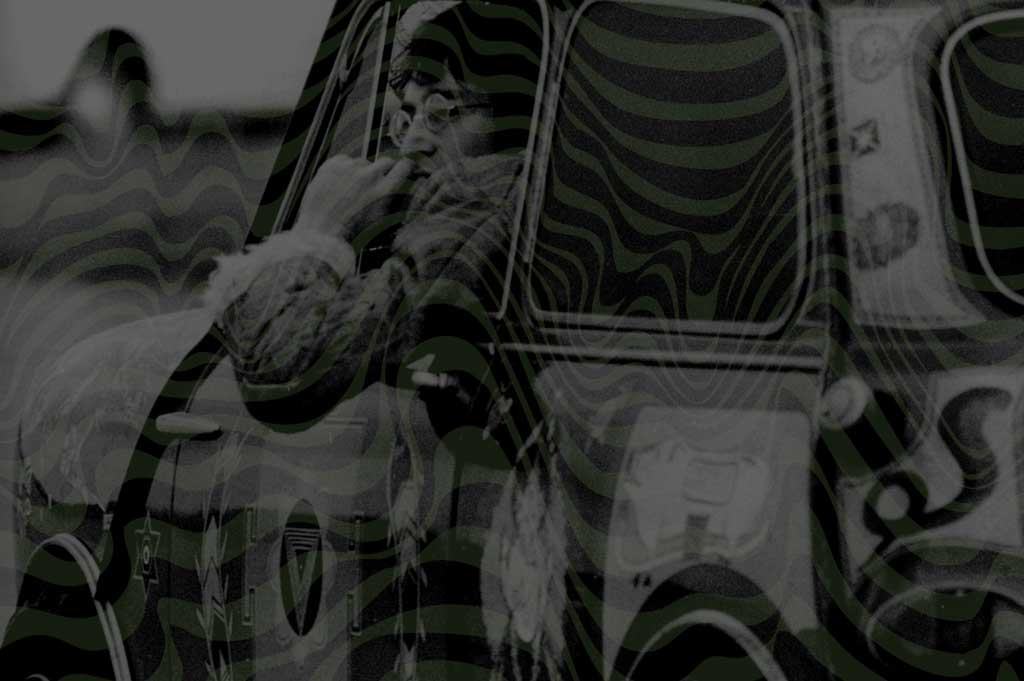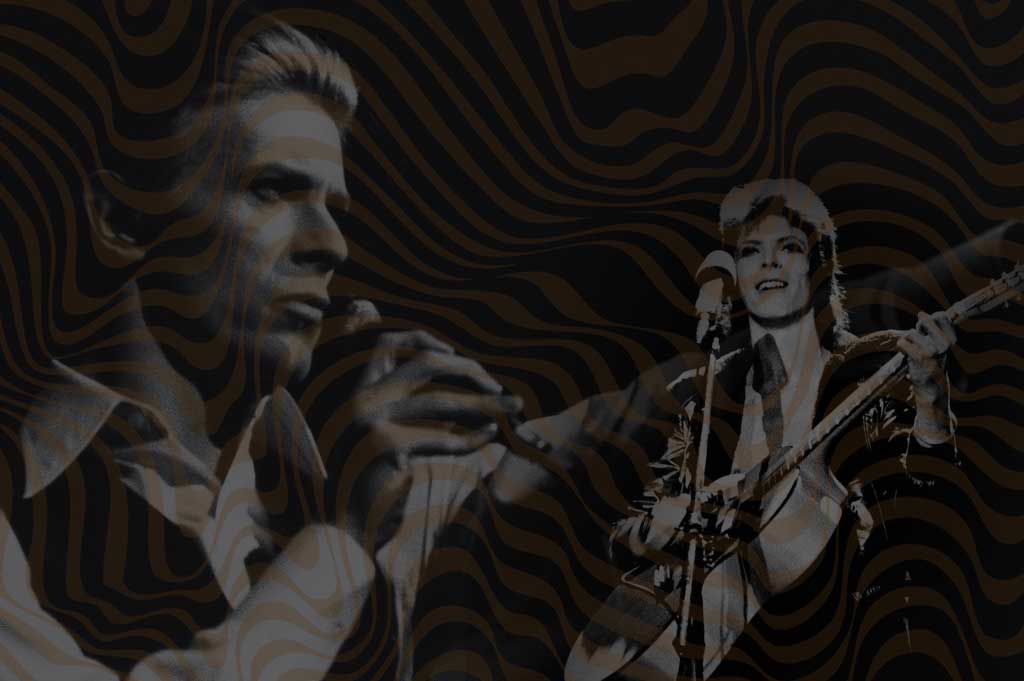While there are lots of opinions on what makes a great rock and roll star – my documentary, The Shamans of Rock & Roll, puts forward the proposition that there’s a magical potency to great rock and rollers – with fans who seem to almost worship them – because they are, in fact, the shamans for their tribe.
We look at the early lives and music of Bob Dylan, Jimi Hendrix, David Bowie, and John Lennon from a shamanic perspective. And, while the shaman archetype is by no means limited to just these four artists – nor is it limited to just men – I’ve been called out more than once for not including a woman among the four artists that are highlighted.
While I can appreciate that people have differing opinions on which artists they consider worthy of analysis – I consider comments suggesting that my documentary will be viewed as anti-woman or that I’m intentionally excluding women to be shortsighted. After all, I’m a woman; I have an anthropologist as an adviser who’s a woman; and she’ll be interviewed along with other musical artists that are women.
Bottom line, I’ve chosen to focus on these 4 guys because they had the biggest impact on my life. As a teenager growing up in a small town in Pennsylvania, they inspired me and informed my worldview in a way that other artists have not. That’s not to say that I didn’t love and appreciate lots of other singers and rock & roll artists. But, for me, these guys rose above the fray.
And, it seems that I’m not alone in my experience.
During a recent conversation about her new book, M Train, Patti Smith offered insight into how she sees herself as an artist. She said that she doesn’t consider herself to be a great singer or a musician – she considers herself to be a writer who performs rock & roll. And when she performs, she “grabs for the performer that informs the work” that she’s doing. Adding,
I just modeled myself after the ones I related to . . . and let’s face it, our greatest rock stars have been men . . . I’m sorry, but I haven’t seen a girl yet as great as Jimi Hendrix.
She admitted that it’s a tricky thing to talk about. And, that although she loves women,
When I was young . . . when I thought of rock & roll stars . . . coming up through the 60’s and early 70’s, I gravitated toward our male performers . . . Jim Morrison, Jimi Hendrix, and Bob Dylan.
Patti went on to say that as an artist, from an early age, she “staked the right to not have to be fettered by gender.” She knows who she is. And, she doesn’t like the idea of being labeled a “female artist.” Do people say that Picasso was a white, male artist? Artists shouldn’t have to be identified by their sexuality, their race, or their gender.
I hear you, Patti – and, I couldn’t agree more.
Source:
“An Evening with Patti Smith. M Train. Reading and conversation with Jonathan Lethem.” Hosted by The Library Foundation of Los Angeles at The Orpheum Theatre. November 16, 2015. http://lfla.org/event/an-evening-with-patti-smith-2/



